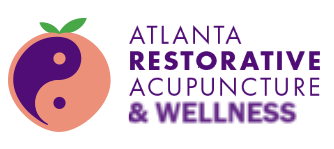Acupuncture for Low Back Pain
Experience targeted relief from chronic low back pain with our specialized acupuncture treatments, designed to restore mobility and reduce discomfort.

Understanding Low Back Pain and How Acupuncture Can Help
Low back pain can be debilitating, affecting your ability to perform everyday activities. Many individuals suffer from chronic pain that traditional treatments fail to address, leading to frustration and limited mobility. Acupuncture for low back pain offers a proven solution by identifying the root cause of pain, targeting inhibited muscles, and restoring balance to your body.
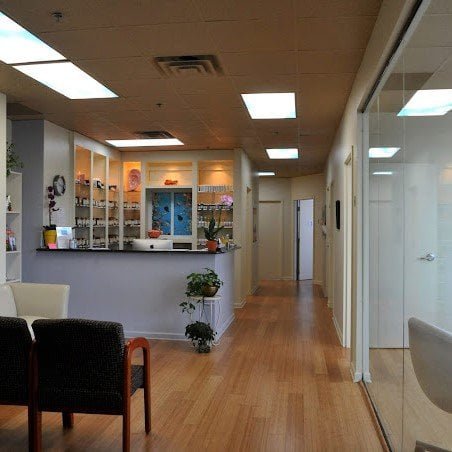
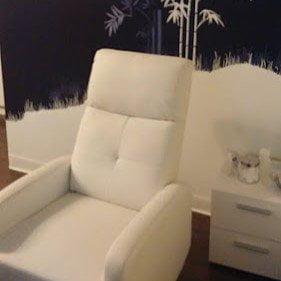
Why Choose Acupuncture for Low Back Pain Relief?
Identifies and Treats the Source of Pain
Our treatments focus on finding the exact muscles and nerves causing your low back pain for more effective relief.
Restores Muscle Function and Strength
Acupuncture reactivates weak and inhibited muscles, allowing your body to regain strength and flexibility.
Enhances Joint Mobility
By releasing tension in muscles surrounding the joints, acupuncture improves your range of motion.
Non-Invasive and Drug-Free Solution
Acupuncture offers a safe, natural approach to managing chronic low back pain without medication.
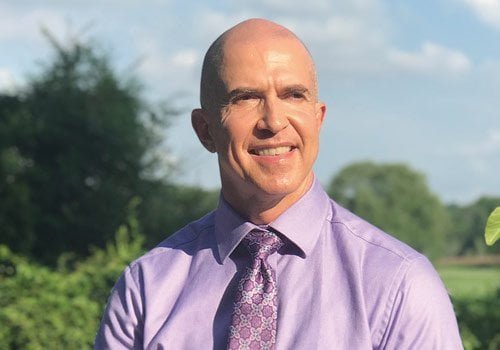
Dr. David Blake Jones
Dipl. Ac. (NCCAOM)®, L.Ac., M.S.P.H., D.A.C.M. NCCAOxM National Board-Certified Acupuncturist™
What Patients Say About Our Acupuncture for Low Back Pain



Our Comprehensive Acupuncture Approach for Low Back Pain
- Step 1: Thorough Assessment with EXSTORE - We start by evaluating your pain patterns and muscle strength using the EXSTORE system, pinpointing the muscles that are neurologically inhibited (weak) and contributing to your low back pain.
- Step 2: Motor Point Acupuncture - Acupuncture needles are applied to specific motor nerves in the muscles to wake up weak and tight muscles, combined with mild electric stimulation to maximize effectiveness.
- Step 3: Muscle Retesting - Immediately after treatment, we retest your muscle strength and range of motion, allowing you to see and feel the improvement.
- Step 4: Restoring Balance and Mobility - By addressing muscle imbalances, we relieve pressure on your joints, improve your range of motion, and restore pain-free movement.


Our Specialized Programs
After your initial consultation, we use these tailored methods to support your journey to recovery with acupuncture for addiction.
Our Loving Reviews of Acupuncture for Low Back Pain
Frequently Asked Questions About Acupuncture for Low Back Pain
How does acupuncture relieve low back pain?
Acupuncture targets the root cause of pain by stimulating specific nerves and muscles, releasing tension, and promoting natural healing.
Is acupuncture safe for treating chronic low back pain?
Yes, acupuncture is a safe and effective treatment option for chronic low back pain, with minimal side effects.
How many acupuncture sessions are needed for low back pain relief?
The number of sessions varies, but many patients notice improvement within 3 to 6 treatments.
What makes your acupuncture treatment different for low back pain?
We use the EXSTORE system for a precise assessment and focus on motor point needling, ensuring targeted and effective pain relief.
Can acupuncture help with other areas affected by low back pain?
Yes, acupuncture can address related pain in areas like the hips, legs, and upper back, providing comprehensive relief.
Our TMJ Protocol for Acupuncture Treatment for TMJ Pain Relief
Step 1
TMJ Specific Orthopedic Exam
Baseline Evaluation
Subjective, Objective and Functional Measures that allow you and Dr. Jones to gauge the level of relief and return of normal function.
Identifies deficiencies in the range of motion of head, neck, and shoulder, and inhibitions of muscles affecting the movement of the Tempo-Mandibular Joint.
In addition, includes palpation to identify trigger points that require attention.
Step 2
Treatments
Intra-Oral Massage
Releases inhibition/constriction of Medial & Lateral* Pterygoid (only muscle that opens jaw*) muscles and the attachment of the Temporalis at the Coronoid Process of the Mandible.
This first step is key for it is not possible to needle inside the mouth. Intra-Oral Massage improves the ability to open and close jaw, without pain.
Perfusion Treatment plus Distal Needling
Improves Blood Flow to Head, Neck, Shoulder and Upper extremities and complements the action of Motor/Trigger Point Treatments.
The Perfusion Treatment modality is essential for maintaining the results of the first treatments and for the healing of chronic cases.
Motor Point and Trigger Point Treatment
Releases Inhibited/Constricted Muscles of Head, Face, Neck, and Shoulder.
This modality thus improves the range of motion in these areas and the function of their muscles and joints and relieves pain in all areas associated with TMJ dysfunction.
Soft Tissue Work
These modalities maintain the results of the initial treatments and help to remodel the soft tissue to normalize structure and function.
Herbal Therapy
Complements and extends the effects of Acupuncture treatments, and greatly assists with stress management.
Free TMJ Pain Brochure Download
Download our free TMJ Pain Brochure for the latest information regarding TMJ pain.
What our patients are saying:
“I had been diagnosed with TMJ disorder and despite dental and chiropractic intervention, was experiencing increasing pain and discomfort that interrupted eating, sleeping and work, severely diminishing my quality of life.
David worked miracles. He was very patient with my complaints, offered advice for stretching and breathing exercises between visits and always ensured that I was comfortable during the acupuncture treatment.
His skill and ability certainly helped me to avoid unnecessary surgery and gave me back my life!”
– Dana Ferguson
“I had a painful jaw injury following a dental procedure, and decided to try Acupuncture with Dr. David Blake Jones. He has greatly helped me by decreasing the pain in and improving the movement of my jaw. If you are looking for a warm, genuinely caring and skilled practitioner, Dr. Jones is for you. Plus, he has a wicked sense of humor, an infectious positive energy and a beautiful smile. He is truly dedicated to enhancing your wellbeing. I recommend him with no reservations.”
– Cynthia Cornett
![]()
Did You Know?
The connection between TMJ and head extension.
There is a very important connection between the jaw and the neck. When a person opens his or her jaw, it is normal for the head to extend. However, most TMJ patients have no to only minimal head extension when they open their jaws.
Thus, to relieve the pain and restore the function of TMJ patients, it is important to treat two neck muscles involved in head extension. Acupuncture easily activates these two muscles, with just two needles.
At Atlanta Restorative Acupuncture, Dr. Jones, DACM, LAc determines if their is sufficient head extension, and makes sure to incorporate attention to critical neck, as well as head muscles, into treatment plans.
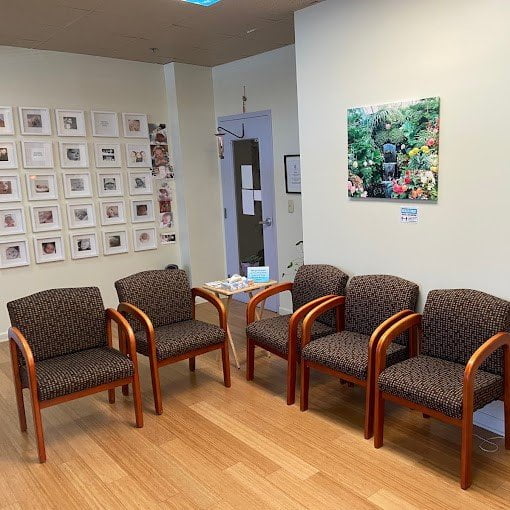
What to expect during your acupuncture treatment
- Relaxation is key: Settle in for a calming 30-60 minute session where fine needles are gently inserted at specific points based on your individual needs.
- Minimal discomfort: You may feel a slight, momentary sensation during needle insertion, followed by a wave of deep relaxation.
- Personalized care: We tailor each treatment plan to your unique concerns and goals, ensuring a safe and effective experience.
After your acupuncture treatment
- You may feel relaxed or energized. Remember, individual responses vary. If symptoms don't improve within a few weeks, discuss it with your practitioner.


Did You Know? Two non-lumbar muscles that most health care practitioners who treat back pain never think of treating.
There are two non-lumbar muscles that most health care practitioners who treat back pain never think of treating, yet studies show that in virtually every person with back pain, they are inhibited. These muscles are the Transverse Abdominis and the Internal Obliques. They are two of what are called “core muscles.”
The Transverse Abdominis is like a lumbar belt that supports the core of the torso. It works in a feet-forward fashion, meaning that it activates prior to any movement of the torso. So if it is inhibited, the back will not have proper support.
The Internal Obliques, along with the Transverse Abdominis, holds everything together. Both the Transverse Abdominis and the Internal Obliques are antagonists to the diaphragm and a key lumbar muscle, the Quadratus Lumborum.
If the Transverse Abdominis and Internal Obliques are inhibited, there is poor sensory-motor integration with the diaphragm and the Quadratus Lumborum. This predisposes the back to further injury.
Thus it is crucial for any back treatment plan to include a treatment to activate the Transverse Abdominis and Internal Obliques.
Acupuncture Treatment for Low Back Pain Starts by Identifying the Pain Source.
When a patient presents with chronic low back pain (six months or longer duration), they often have trouble describing the exact location of their pain. The source of the pain seems a mystery.
To find the source of the pain, Dr. David Blake Jones, D.A.C.M., L.Ac. uses an orthopedic assessment tool called Exstore.
About the EXSTORE system
The EXSTORE system allows Dr. Jones to rapidly evaluate pain patterns, determine the root cause, and accordingly, treat the correct motor and trigger points to produce the maximum pain relief and restoration of function.

Testing the strength of the muscles to find which ones are neurologically inhibited (weak) is the first step.
It may seem at times that a joint is the key element of a case of pain. However, the muscles of the body buttress the joints of the body and its other structures. If they are weak, or not firing properly, pain and dysfunction almost inevitably result. Think of a joint that is stiff. For a joint to move, a muscle that lies across it must contract. If the muscle tension is pronounced, however, like a vice grip on the joint, it prevents normal range of motion. Once the muscle tension is unwound and the function restored, the joint can then function with normality.
After the initial assessment
Once the assessment has revealed which muscles are inhibited, Acupuncture at specific motor nerves (located in the central part of the muscle, and serving as a literal command center for the muscle) usually combined with some form of mild electric stimulation, wakes up the weak, often tight, and dysfunctional muscle.
In fact, a patient usually notices an immediate change in strength and range of motion during the retesting of the formerly inhibited muscle, right after treatment.
Restoring muscle relieves the pressure on stressed joints, allowing for great improvement in range of motion, reduced pain in both muscle and joint, and restoration of formerly limited functions such as walking, reaching, gripping, bending, and etc. There is often dramatic improvement during and after just one treatment!
